Explore Our Insights
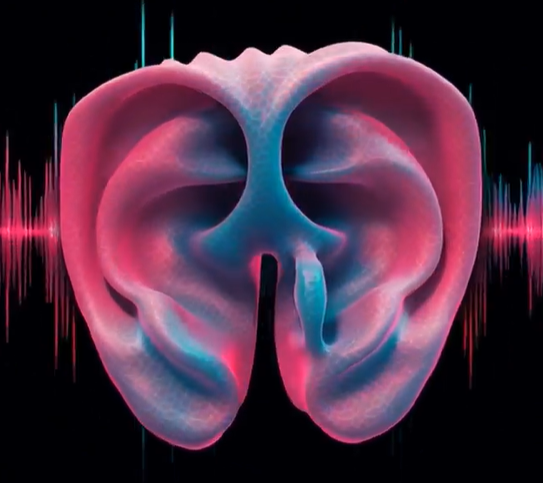
From Ear to Gene: How Sound Turns Into Cellular Repair.
Most people think of sound as something that happens “out there.” Music in a café. Sirens on the street. The vibration of your phone. But here’s the truth: sound isn’t just entertainment or noise, it’s a physical force that penetrates every cell in your body. And when you understand how it works, you start to see why sound is one of the most powerful, and overlooked, tools in human health.
Date : September 3, 2025
Read more on.png)
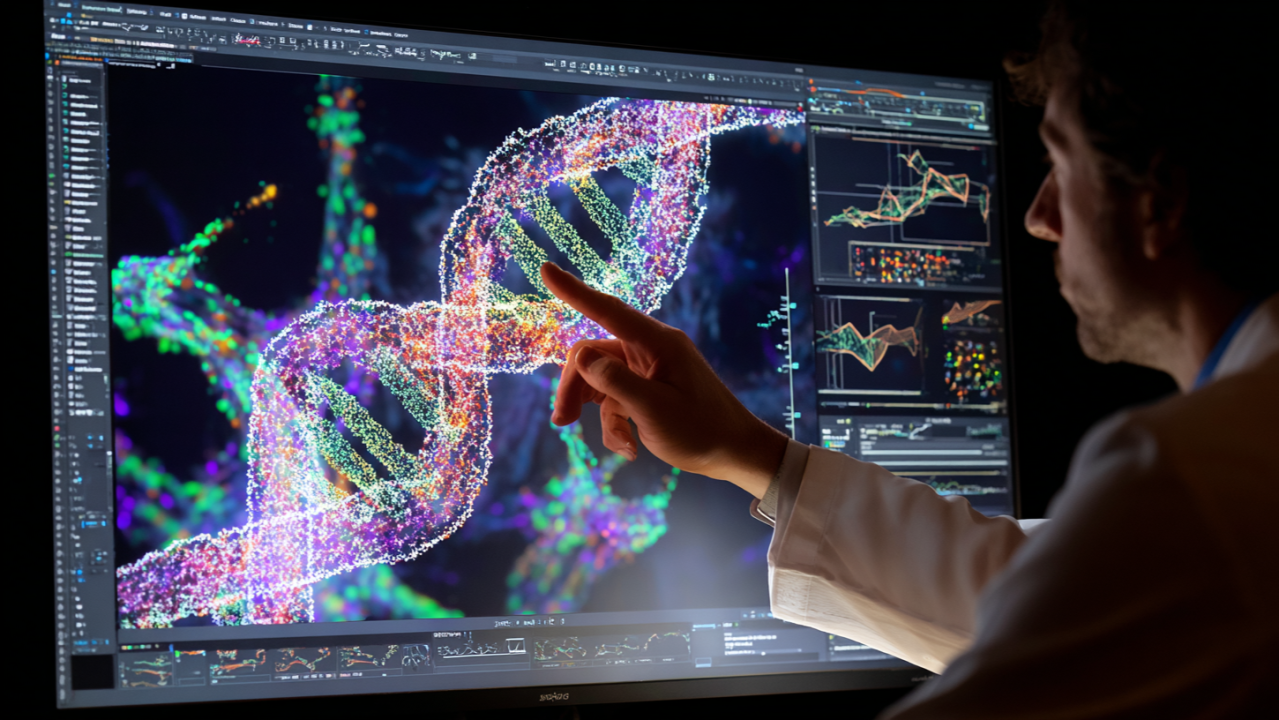
Meditation Apps Are Good. Personalized Biotech Makes Them Unstoppable.
Meditation apps have helped millions take their first step toward calm and focus. But what if that experience could be dialed to your exact biology, your genes, your stress response, your cellular repair pathways? That’s where personalization changes the game. The future isn’t apps versus biotech. It’s the two converging into tools so powerful they’ll feel like magic.
Date : September 1, 2025
Read more on.png)
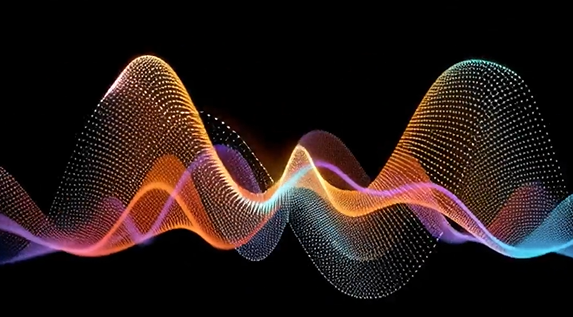
BLUNT TRUTH
We live in a culture addicted to shortcuts. Cold plunges. Red light panels. Nootropic stacks that promise genius in a bottle. Every week, a new hack hits your feed with the promise of better, faster, more. And yet when you strip away the noise, the thing that actually moves the needle in health isn’t exotic or shiny. It’s not even new. It’s the thing we’re worst at: consistency.
Date : August 29, 2025
Read more on.png)
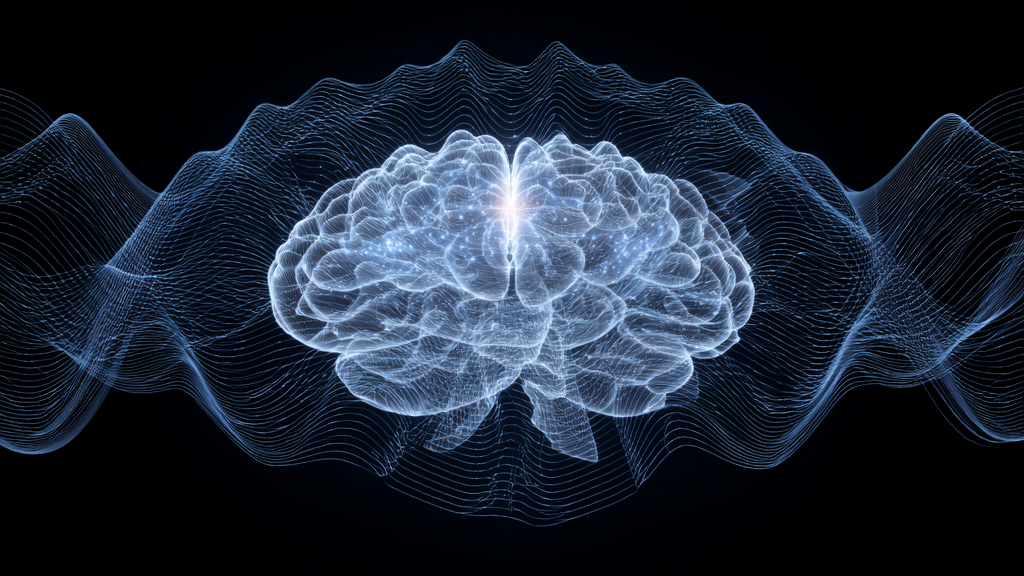
Anxiety in the Age of Overload: Can Sound Rewire the Nervous System?
You don’t need a psychiatrist to tell you the obvious: we are an anxious species. The numbers back it up, anxiety disorders are the most common mental health condition worldwide but you can feel it without a study. Scroll your feed. Sit in traffic. Walk through an airport. There it is: a constant hum of unease, our collective nervous system stuck in permanent overdrive.
Date : August 26, 2025
Read more on.png)
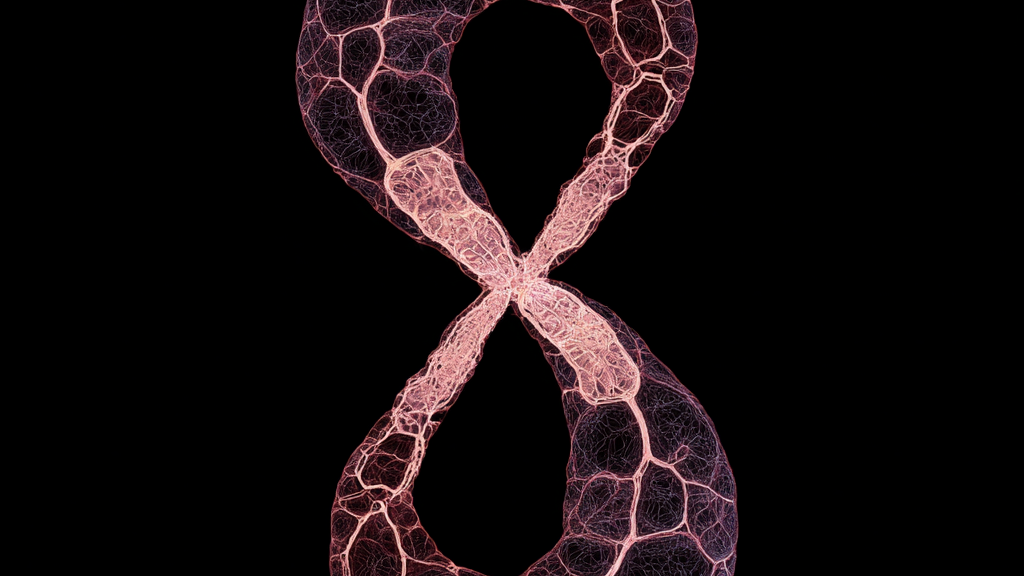
DNA: The Book of You and the Secrets It Holds
We live our whole lives inside a code we never see. A code written in four letters: A, C, G, and T...arranged in 3.2 billion combinations. That code is DNA. Most people know DNA as the thing that decides eye color or who you look like in the family. But the truth is far more fascinating: DNA is the blueprint for almost everything your body can do, from how your cells repair themselves after a workout, to how you adapt to stress, to how long you might live.
Date : August 24, 2025
Read more on.png)
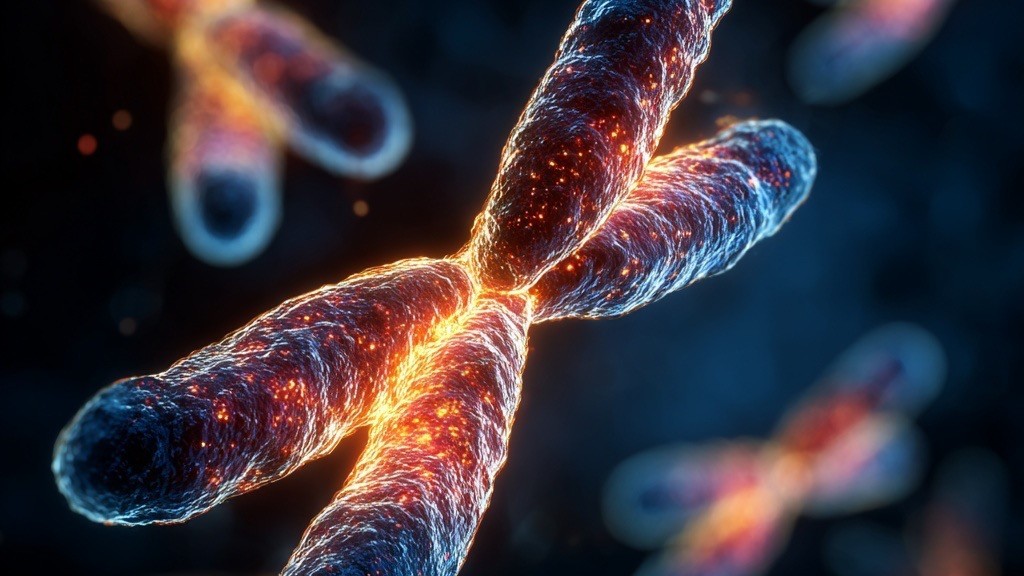
Not All DNA Tests Are Created Equal: Why Whole Genome Sequencing Matters for Reson8
Millions of people have taken DNA tests in the last decade. Some got ancestry breakdowns. Others got reports on traits like caffeine tolerance or muscle type. But here’s the truth: not all DNA tests are created equal. The difference between a consumer kit and a full genome sequence is the difference between glancing at a map and holding the entire blueprint of your biology.
Date : August 22, 2025
Read more on.png)
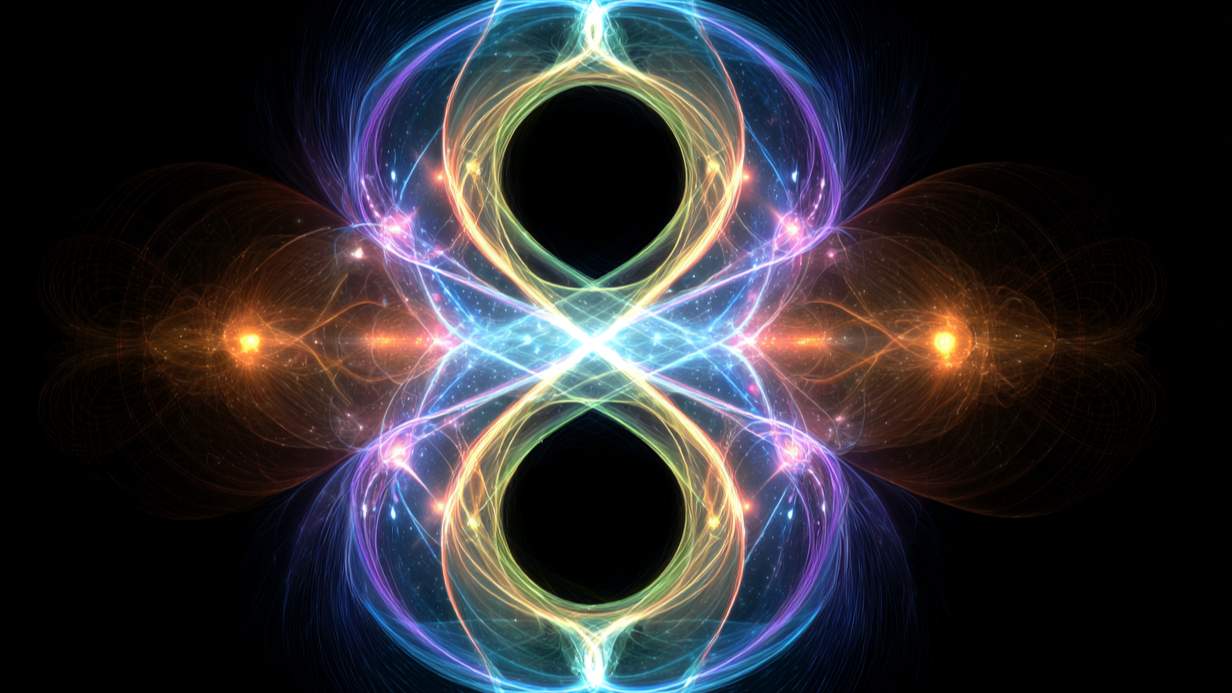
From Solfeggio to Science: Why Reson8 Tunes to the Frequencies That Heal
Long before wearables and biotech, humanity believed in the healing power of sound. Ancient cultures used drums, chants, and flutes not just as music but as medicine. And for centuries, the Solfeggio frequencies were celebrated as tones that restore balance to body and mind.
Date : August 18, 2025
Read more on.png)
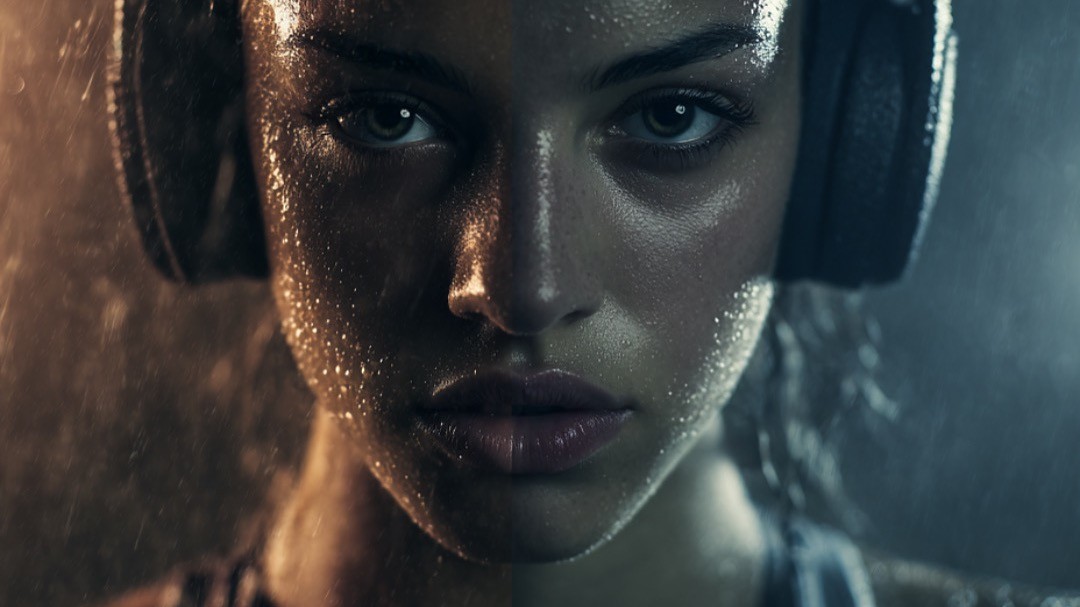
Elite Athletes Know Recovery is the Real Game
From the Olympics to the CrossFit Games, from the UFC to the NBA Finals, every sports culture chasing greatness knows this truth: training tears you down, recovery builds you back. And the real edge, the one that separates good from great, isn’t in another supplement stack or another ice bath. It’s in recovery science.
Date : August 17, 2025
Read more on.png)
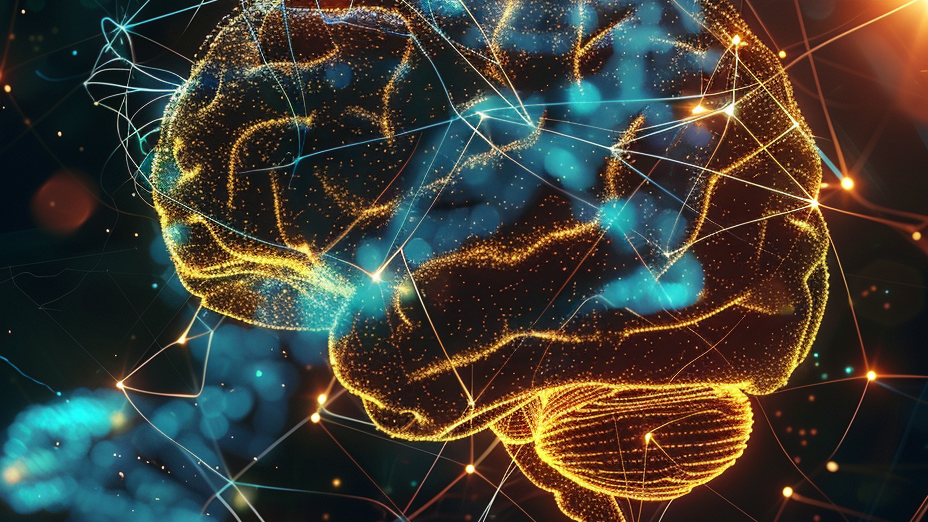
“From Personal Loss to Clinical Breakthrough: Why We Created Reson8”
When you lose a child, the world stops making sense. After Noah was killed by a drunk driver, I found myself grasping for anything—anything—that could help my nervous system recalibrate. Help my mind rest. Help my body keep going.
Date : August 14, 2025
Read more on.png)

Longevity Isn’t About Adding Years, It’s About Adding Capacity
From biohackers to skeptics, the future of healthspan will belong to those who make their biology work smarter. We’ve all seen the images: the 95-year-old who runs marathons, the 80-year-old who deadlifts twice their body weight. It’s inspiring but it’s not about “living longer.” It’s about having more life in the years you already have.
Date : August 12, 2025
Read more on.png)
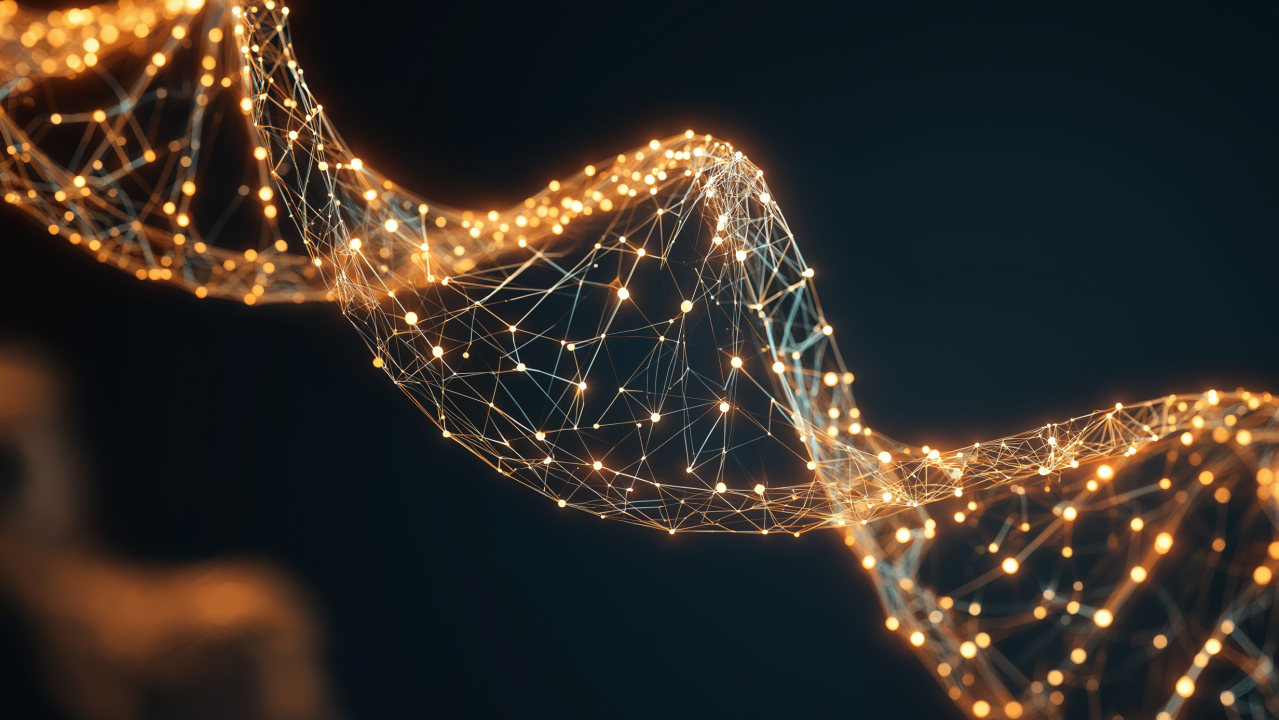
DNA Testing: Why We Stopped Trusting It, And Why That’s About to Change
For years, at-home DNA tests were marketed as the fun, low-stakes way to discover your roots or unlock “personalized” health insights. Companies like 23andMe promised to decode who you are - but behind the marketing, the real product wasn’t the kit in your mailbox. It was your data.
Date : August 10, 2025
Read more on.png)